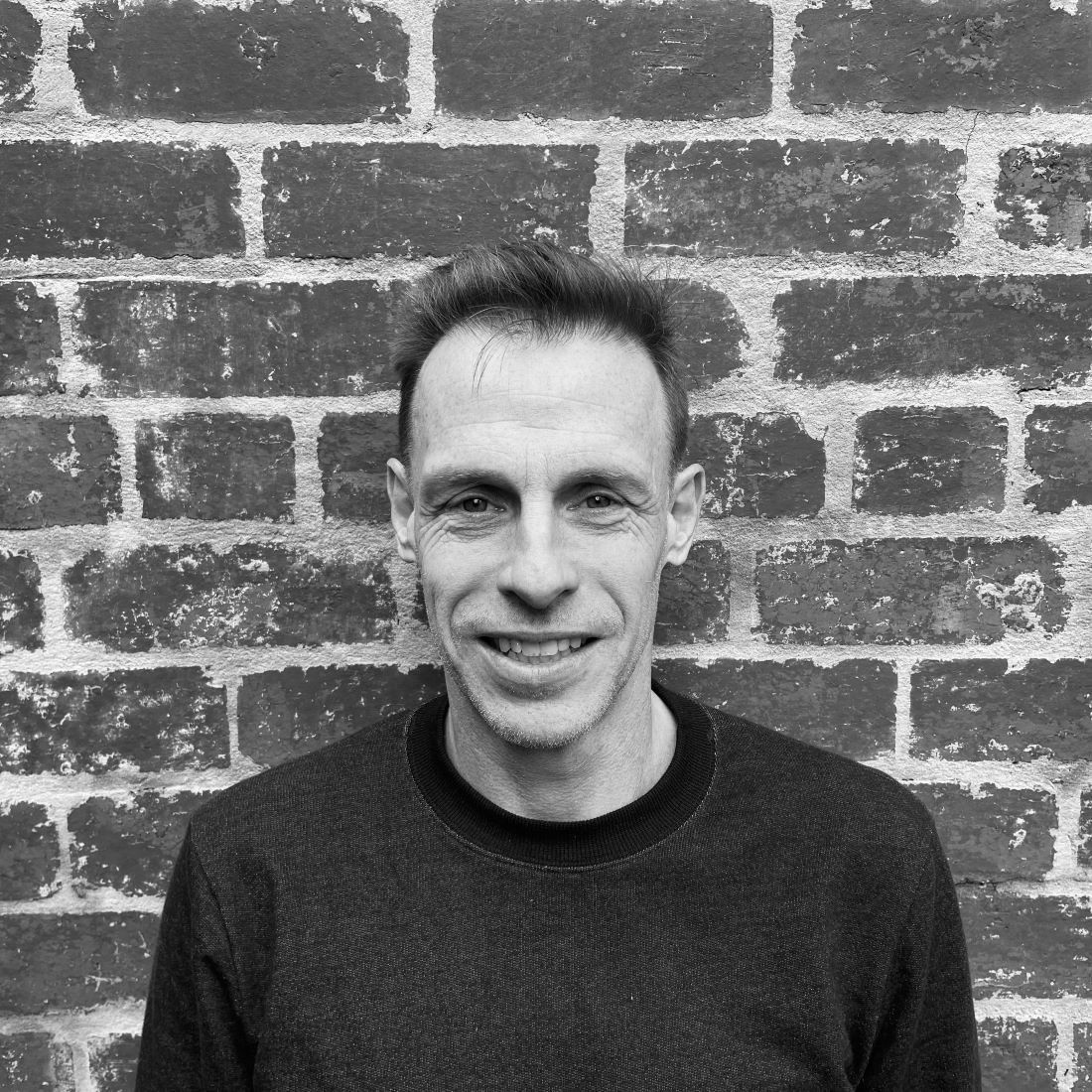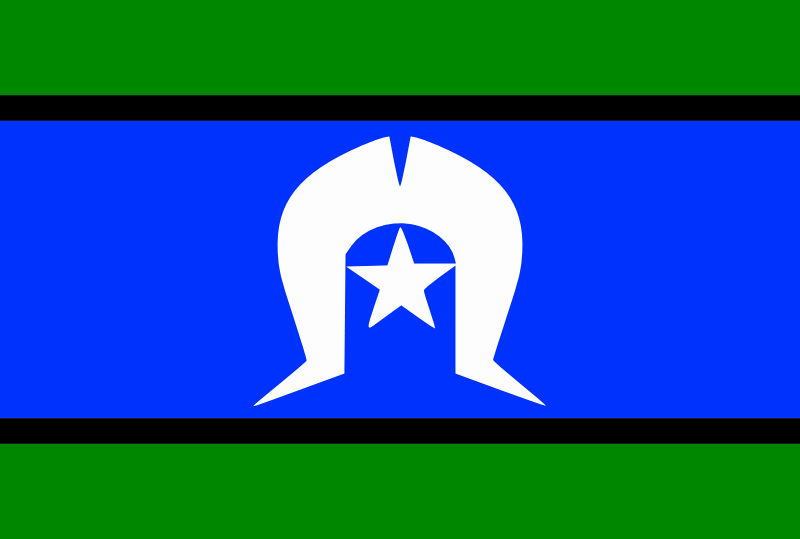26th October 2018
Demystifying Organisation Design
How to get it done right
Why does getting organisation design right seem to be so challenging? We know of a lot of companies who see a need to redesign or change their organisation structure. It might be driven by corporate activity (a takeover or merger). Stem from a lack of performance. Or perhaps just general disquiet that people aren’t as organised and aligned as they could be.
Over the ten plus years we’ve operated, we’ve led a significant number of organisation design projects for clients across Australia and New Zealand. Ranging from large scale international mergers, technology businesses rapidly scaling up and mid-sized corporates and government departments responding to shifts in their markets or products.
Along the way, through a continuous process of learning and refining, we’ve developed a proven method and learnt some lessons that we apply in design projects today. Additionally, we teach the process in our HR Mastery program to aspiring HR leaders. We believe being able to understand and facilitate organisation design has become table-stakes for capable HR leaders.
So, we thought we’d share our seven key elements of getting organisation design right with you:
1. Use a reference model
Pick a reference model that’s proven and easy for line managers to understand. We hitched our wagon to Jay Gailbraith’s Star Model when we were internal HR leaders and have used it since. It’s easy to understand, includes all the elements you need to consider; and Galbraith is the best at thinking through complex matrix structures. So, you’ve just realised the star model was first developed in the 60’s? Well, so were the Beatles and they still sound pretty good. We’ve used it in the last year to re-design one of Australia’s fast-growing tech start-ups and it was perfectly applicable. It’s got the right balance of academic rigour and pragmatism, keeping everyone focused on all the components that make up a design.
2. Start with strategy
It seems odd to have to say it, but too often we see clients wanting to jump right to boxes and names. All great design flows from strategy, both the immediate and longer-term aspirations of the organisation. It’s important that the executive team who’ll be involved in the organisation design are clear and aligned on the the strategic direction, the current state of performance and the aspirations for the design work. This step will also facilitate the development of the Design Principles that will inform the detailed work. Think of the organisation re-design being like building a new house. Providing a thorough design brief to your architect is critical to ensuring they design a building you can afford to build – and enjoy living in.
3. Go beyond boxes and names
We wish it was as simple as just drawing up some boxes, putting some names in them, and sitting back to watch the magic happen. It’s just not. An effective organisation design that will lead to a shift in performance and outcomes can’t be delivered just by structure alone. It’s a complex relationship of processes and workflow, people and capability, rewards and organisational culture. As well as the structure and lines of authority that determine success. Often the unwritten structures and power relationships – the soft structure – can be more influential than the hard structure of roles and reporting lines. Good organisation design considers all of these elements and works towards ensuring congruence among them. This takes time, patience and some deliberation. Not forgetting that it will always require trade-offs.
4. Get the right people in the room
Who are the best people in an organisation to do organisation design? Funnily enough, it’s those who are in the organisation. Those who know most about the current ways of working. Who have the greatest stake in the future success of the organisation. And those who can mostly (and sometimes surprisingly) put aside their personal interests in the outcomes for those of the enterprise. This is why we like to run a series of design workshops involving the people who are affected by the design decisions. Having them in the room contributing, rather than outside the room fearing, critiquing or blocking. Of course, the process of staffing the new organisation is a leadership decision, which is done after the core elements of the design is complete.
5. Iterate as you go
It turns out we were doing agile…before agile became a thing. Our experience is that the best way to manage the organisation design process is through a series of short, 3-4 hour workshops. These should be spaced out with a few days to allow further consideration, time to gather new data, to test and reflect. This allows you to iterate as you go along, to make some improvements in each step and to review the trade-offs and compromises (remembering there’s no perfect organisation design). At the same time, you have to set milestones where key parts of the design get ‘locked-in’ and allow the team to move forward. We like to set an overall time-frame for the work to be done (making it tight) and manage within it using an iterative series of workshops that keep momentum going – while allowing some breathing time for important reflection.
6. Communication
Organisation Design is Change Management. Organisation Design is Change Management. Organisation Design is Change Management. Take the same communication approach you’d use for a major change program and apply them to your organisation design process. Most of us know the rules here; be clear on the why, what, how, when, where and WIIFM. Ensure frequent and timely communications from the top and in person. You can’t over-communicate. Organisation design generally raises people’s level of anxiety and their sense of loss of control. Involving them in the design process gives them some of that control back, as does good communication practice.
7. Create a transition plan
To further our ‘building of the house’ metaphor, this is the stage where the detailed organisation design (the architect’s plans) will be used to build the house. From our experience, the building can take time and there needs to be a transition plan developed. The likely questions you’ll face are: How do we go from the present to the future state? Who is affected by the change? How will they be managed? What new process, capabilities or systems are needed to make the design work? and how (and when) will they be developed? Just like building a house, this phase can run over budget and over time. But, it will be better implemented with good planning and forethought.
Conclusion
Facing an organisation design project can be challenging. There’s usually a lot at stake. The performance of the organisation, the careers of the people and the hope for a better tomorrow. Having cut our teeth (and bruised our elbows) along the path of the many designs we’ve led, we’re very clear on the elements that lead to a successful outcome. We ensure our clients are educated on what it will take to deliver the transformation they’re seeking.
If you need some advice on Organisation Design, then get in touch with us and we can discuss how we can help.
Categories: Designing Organisations




